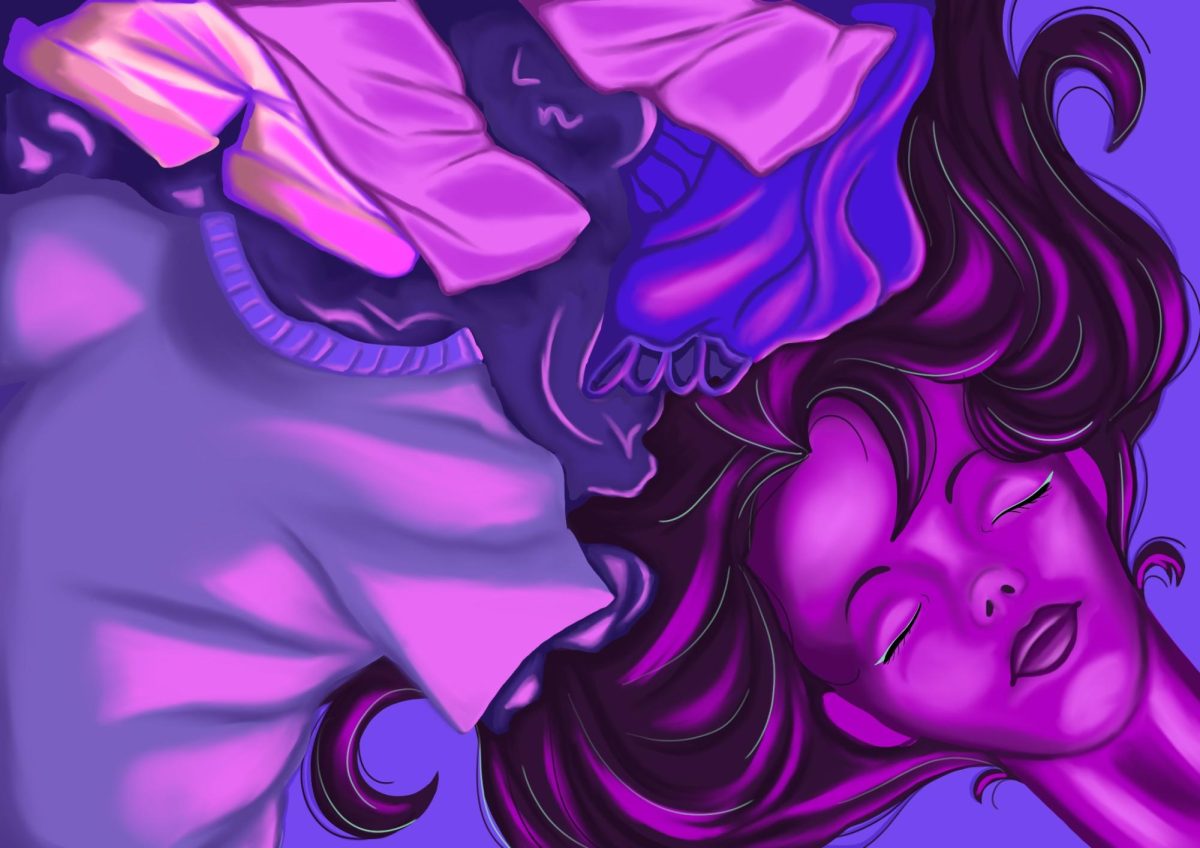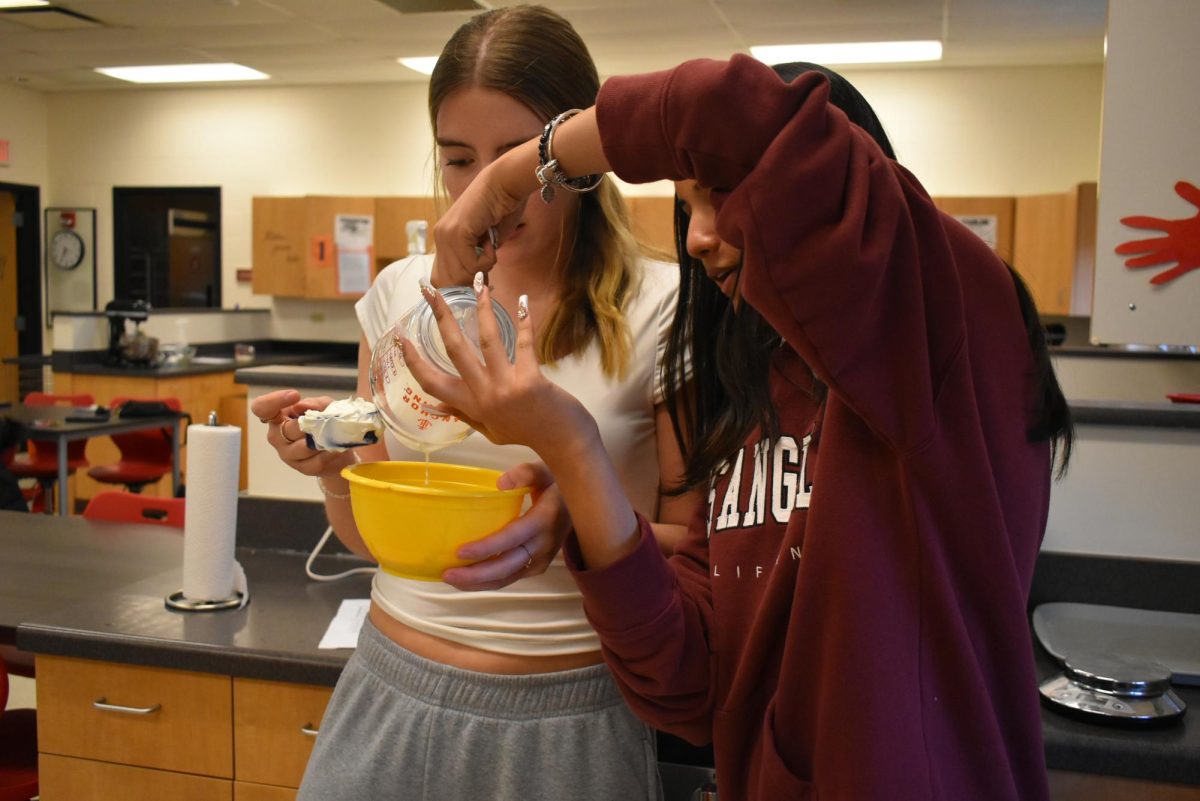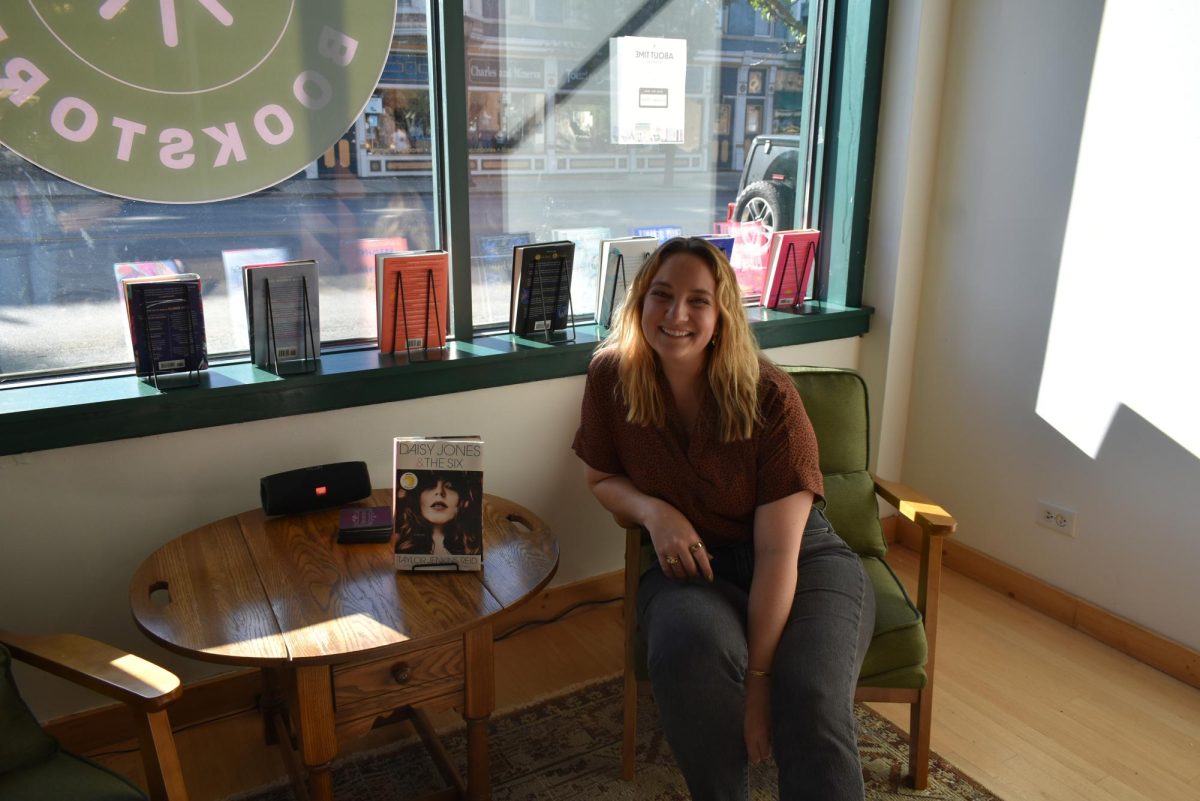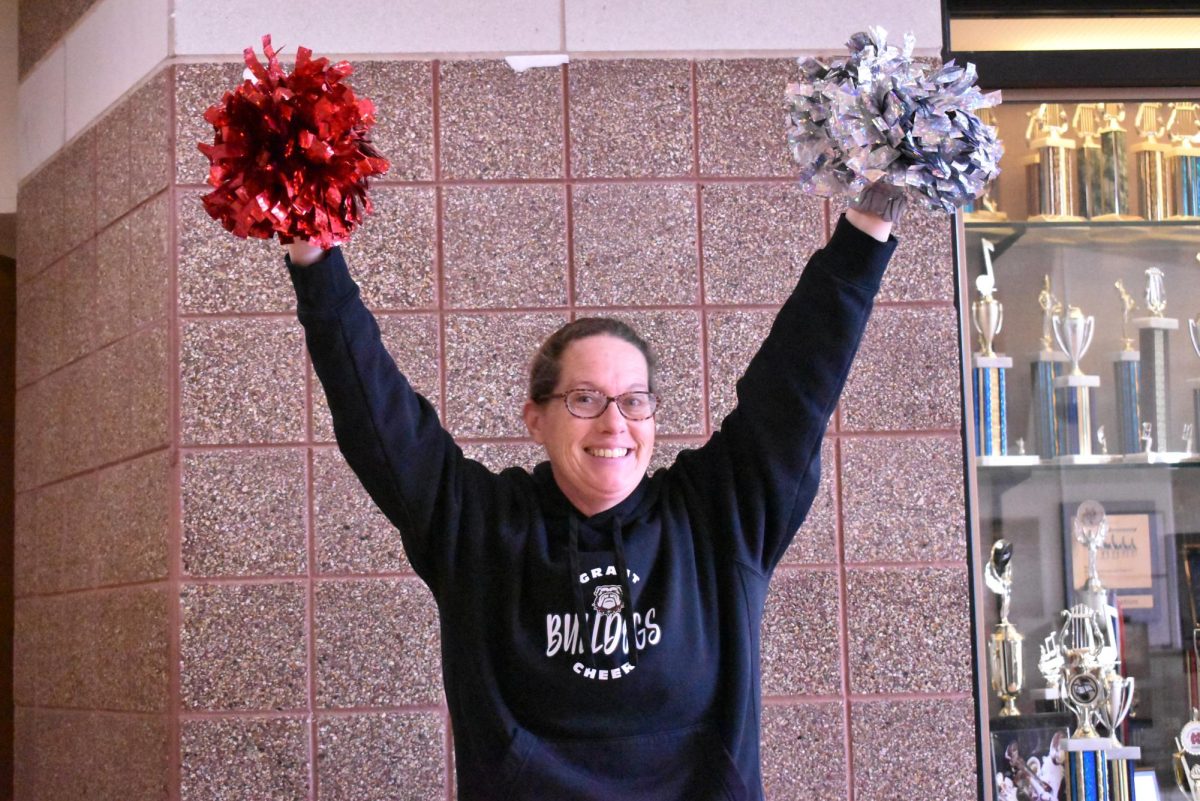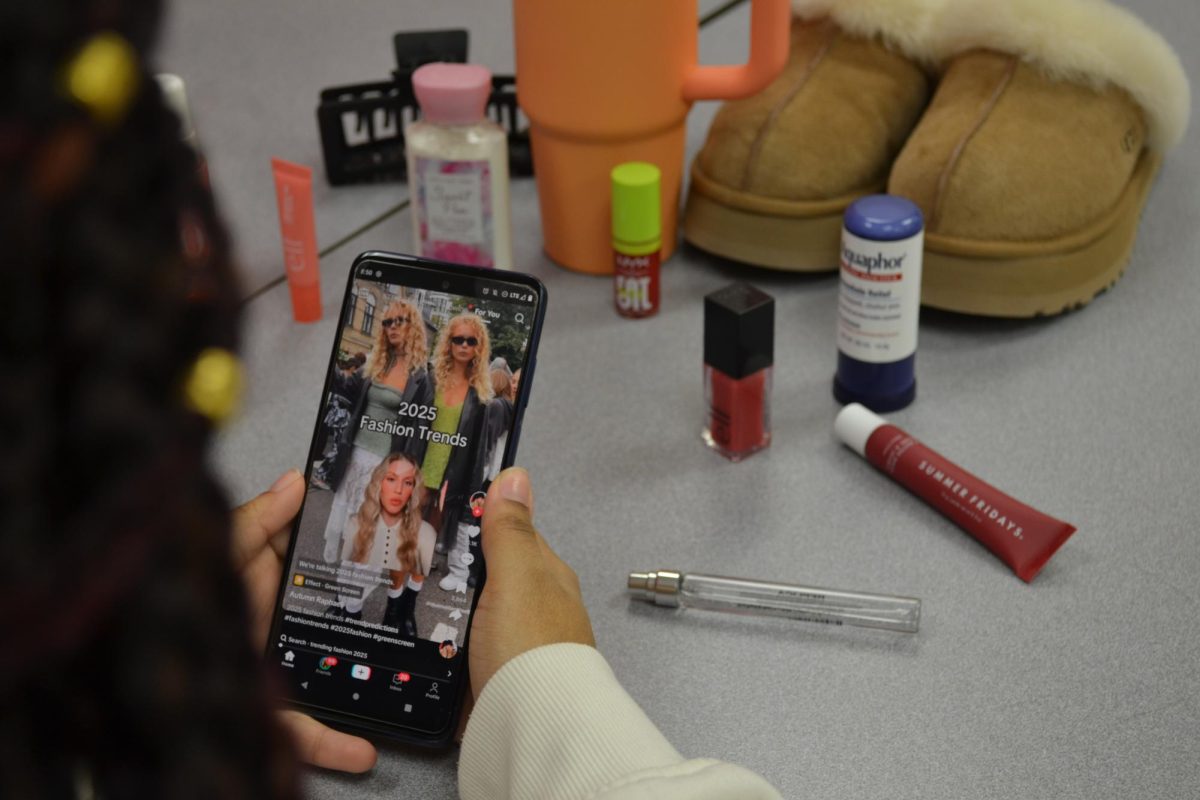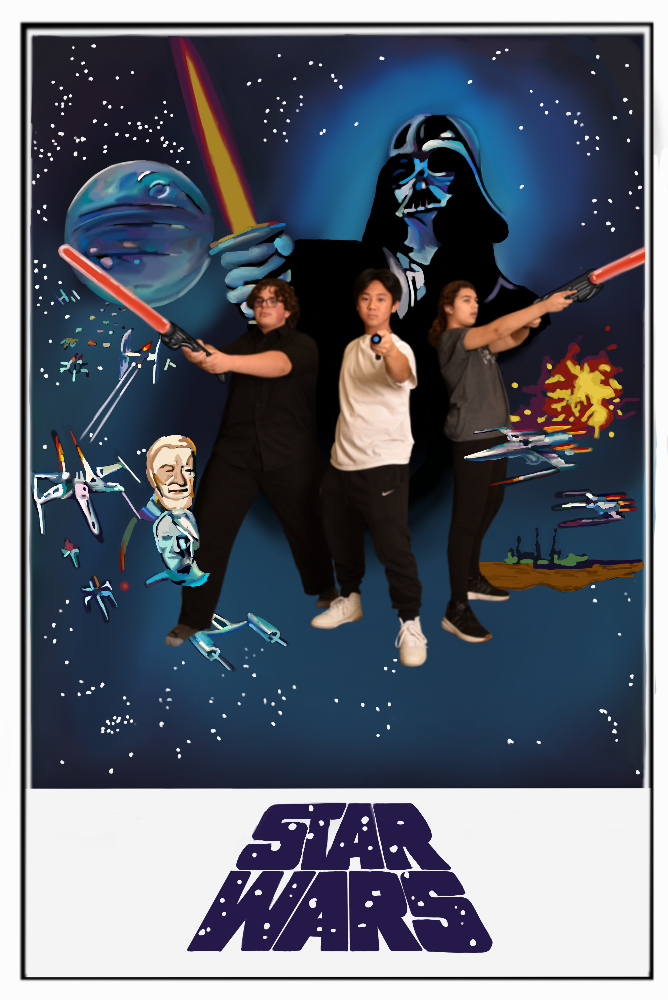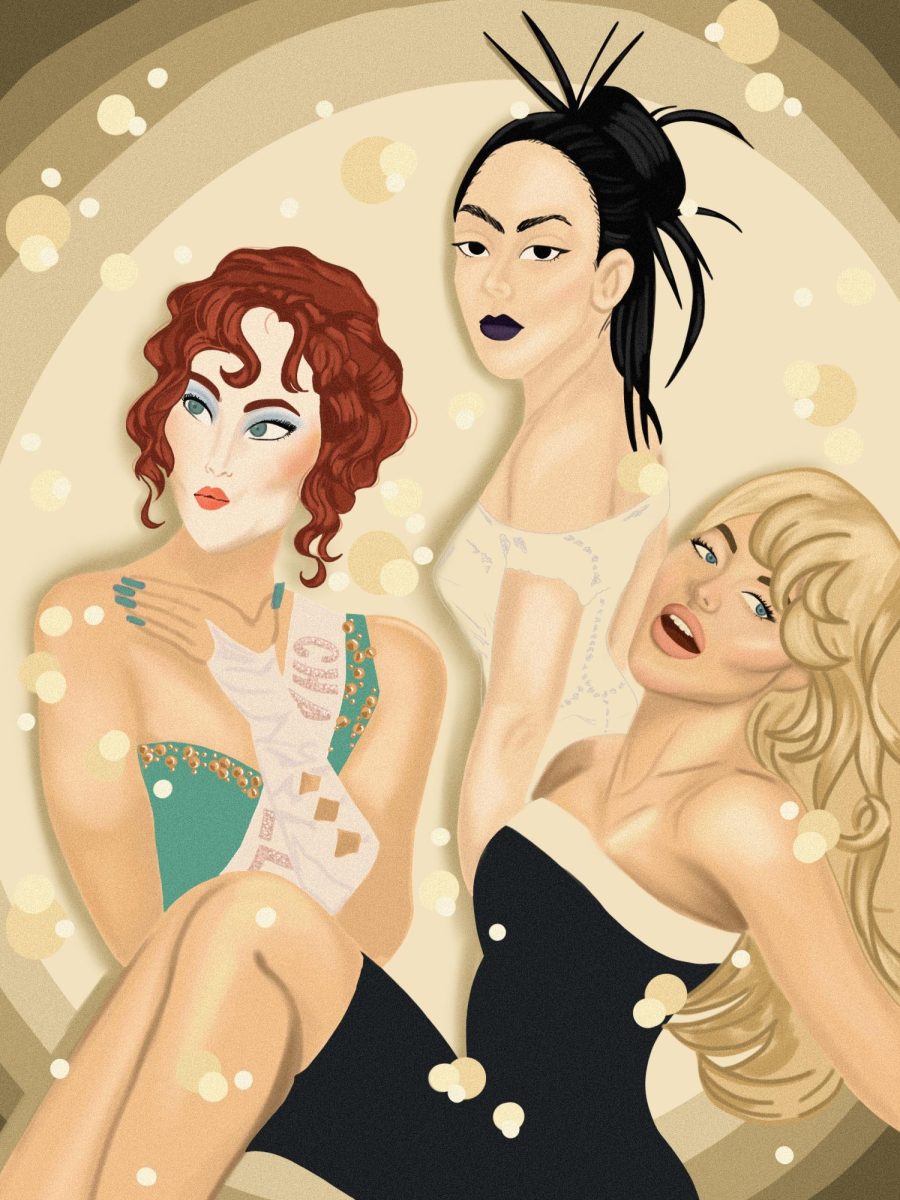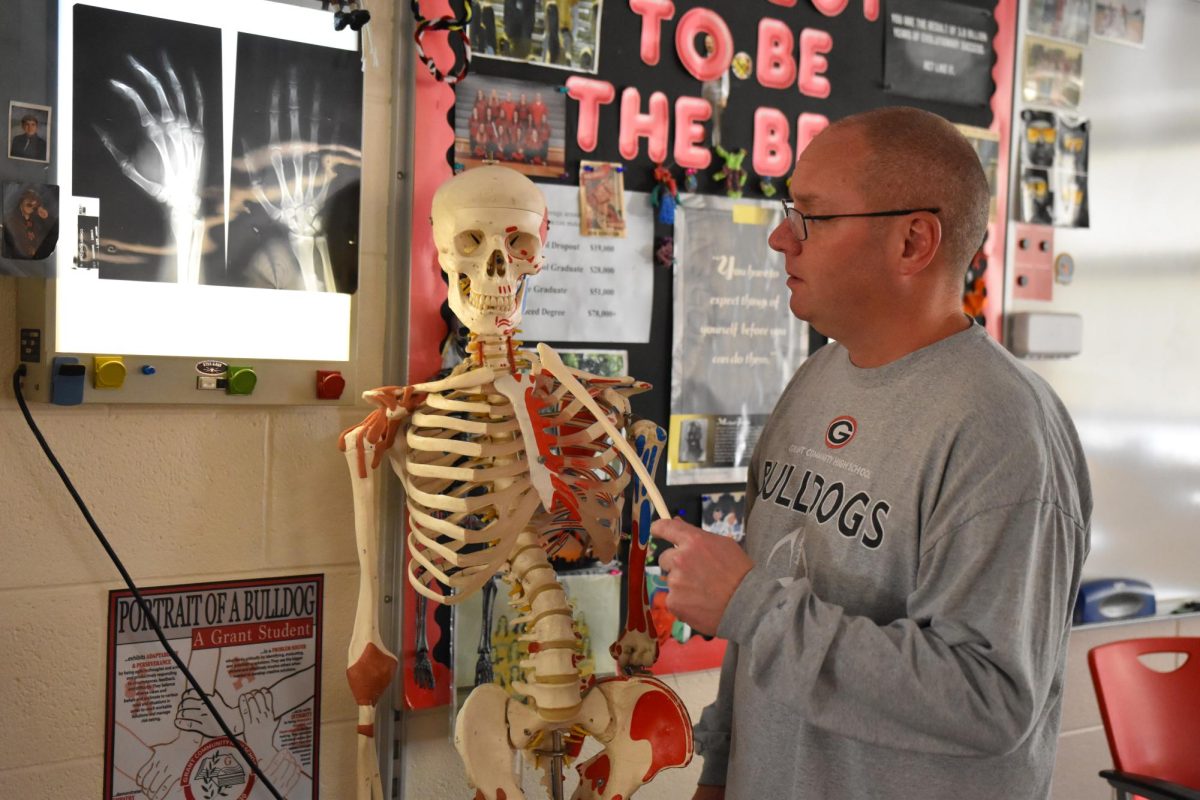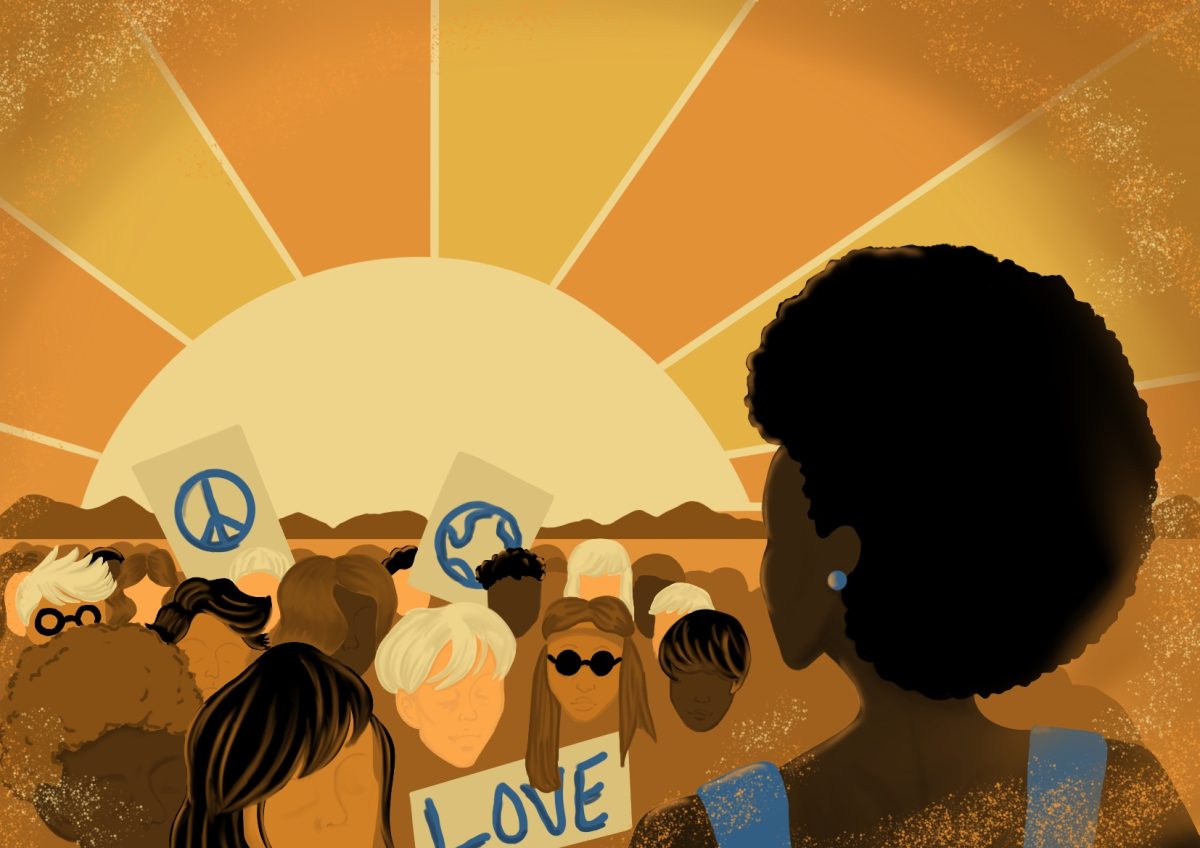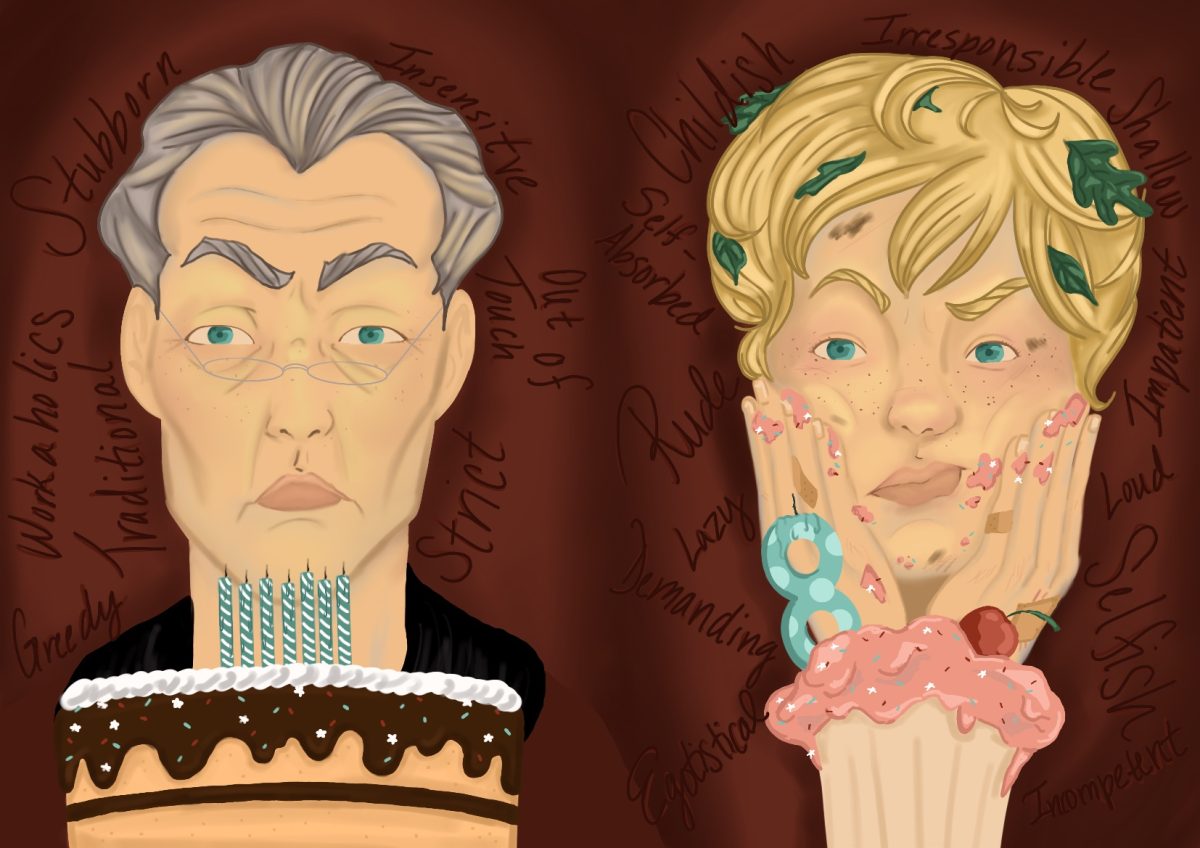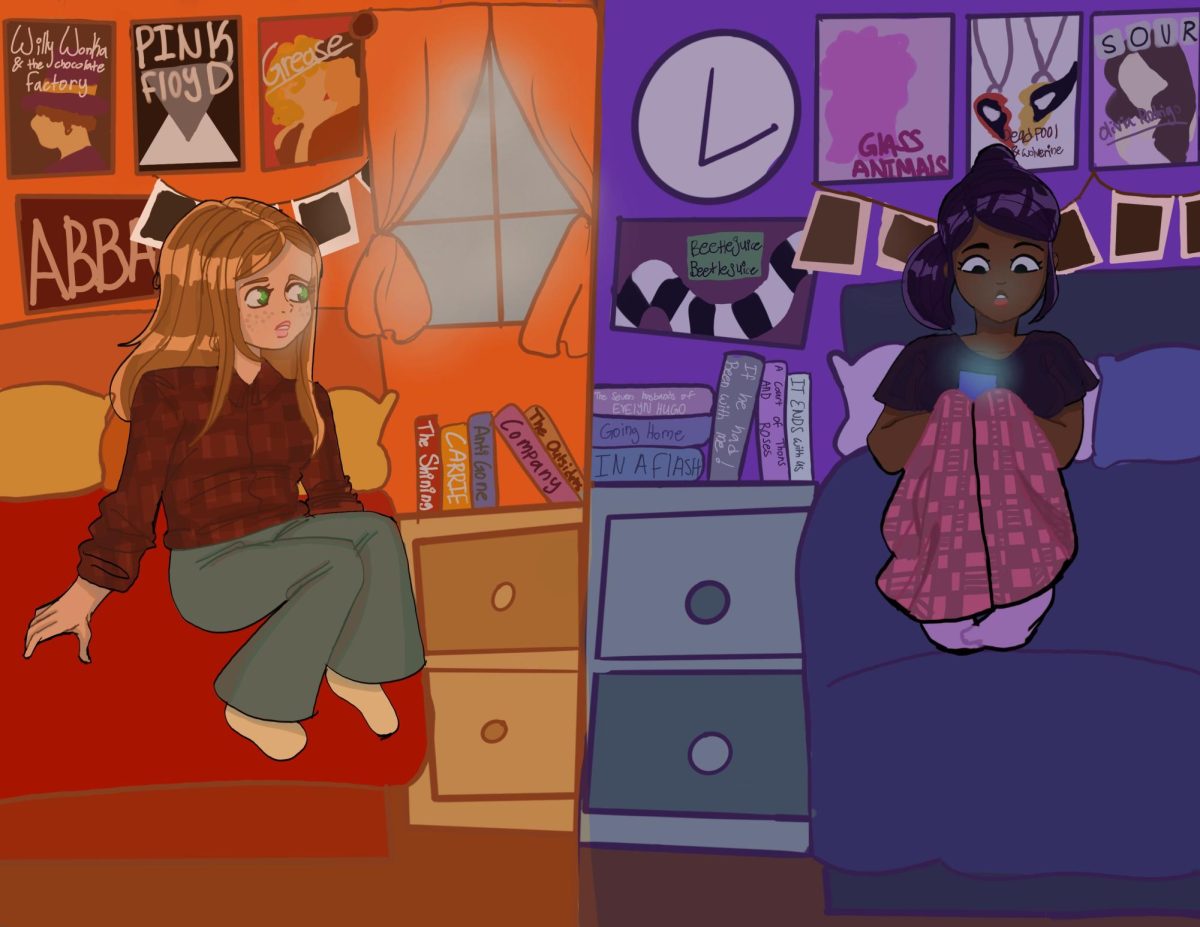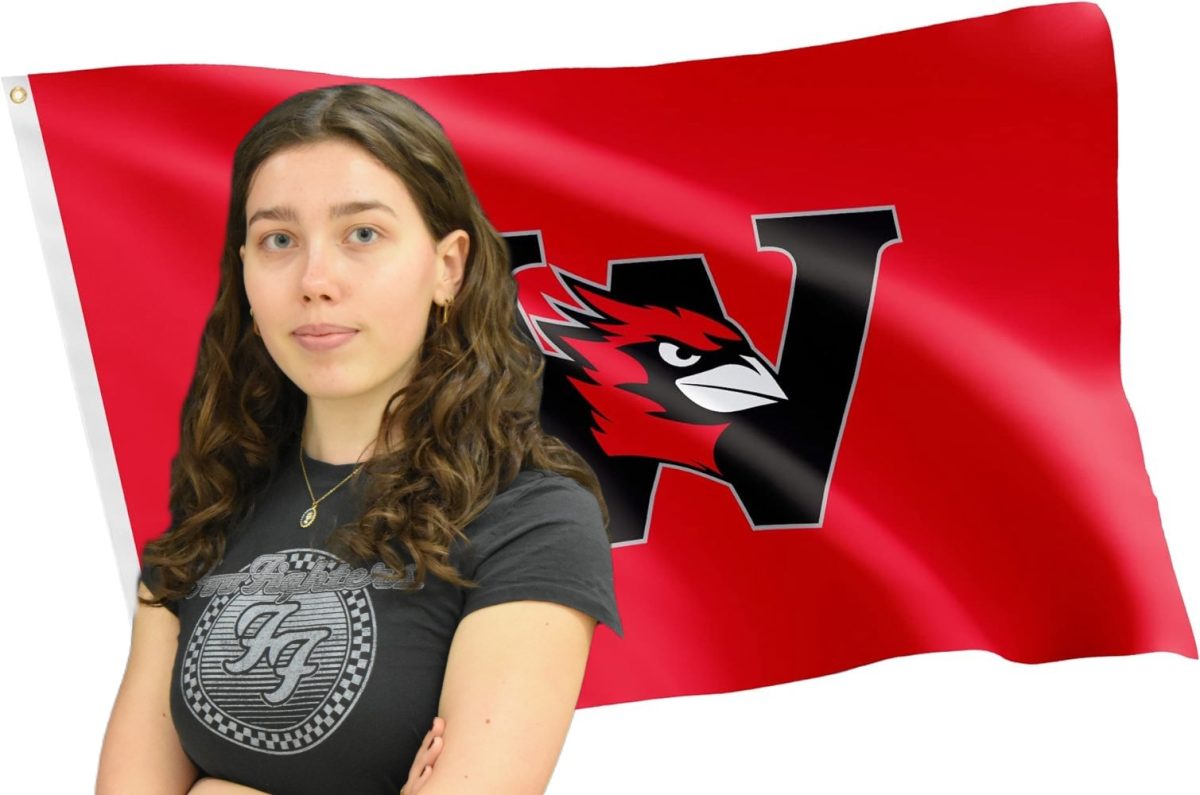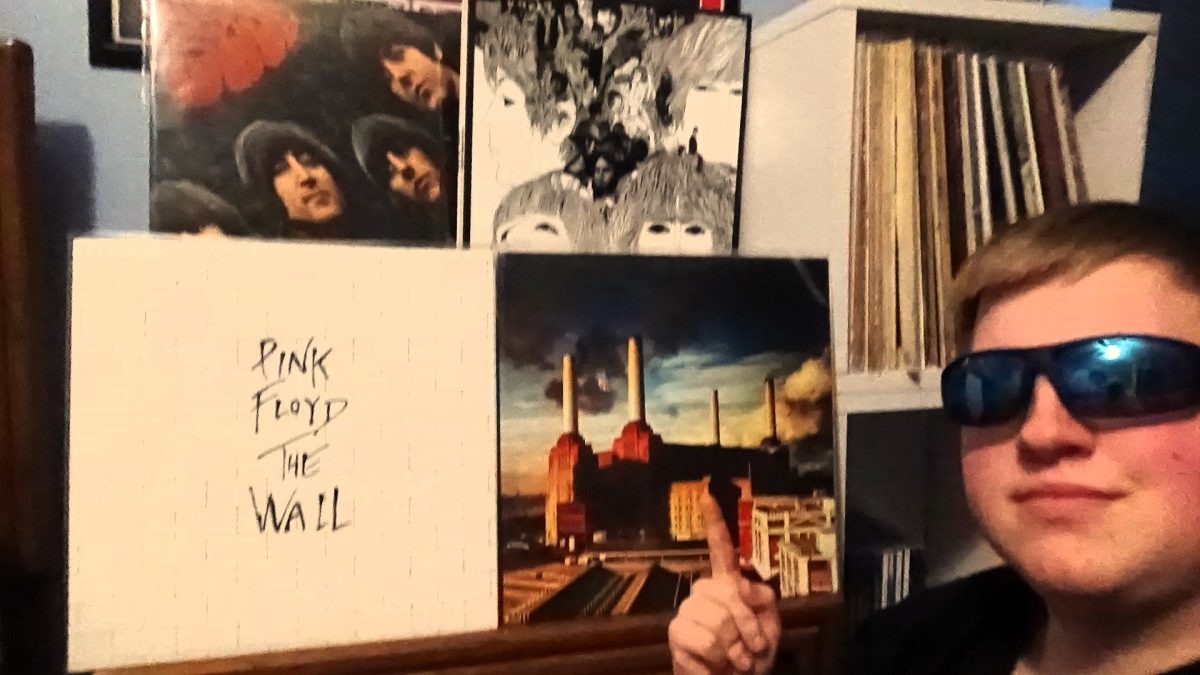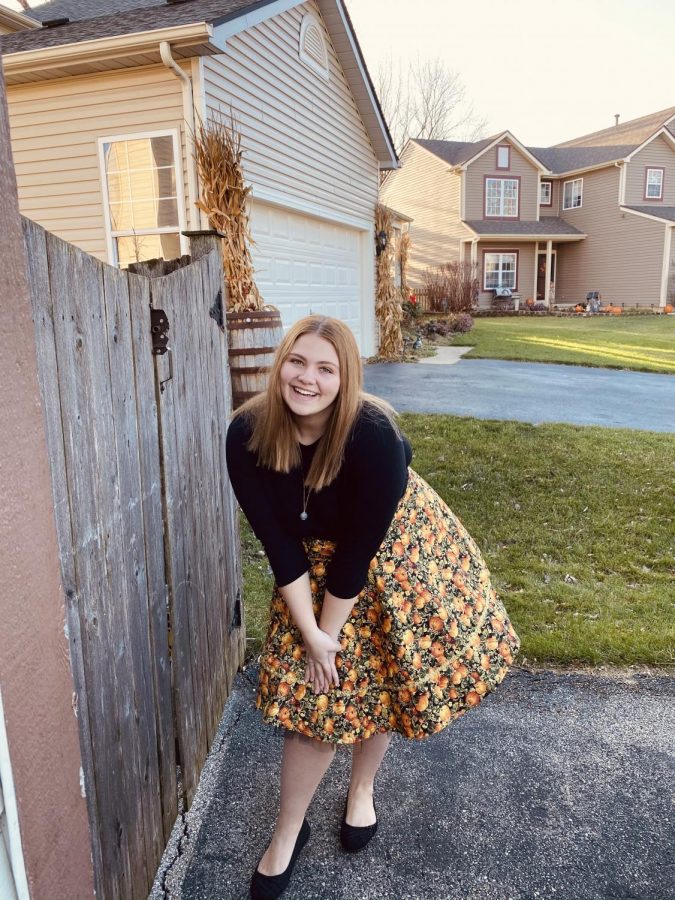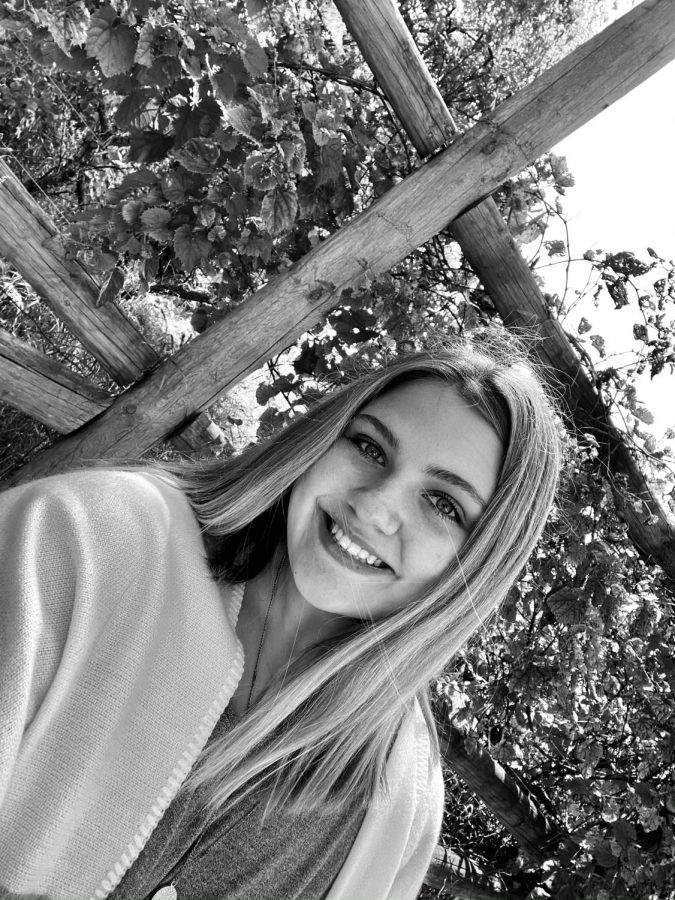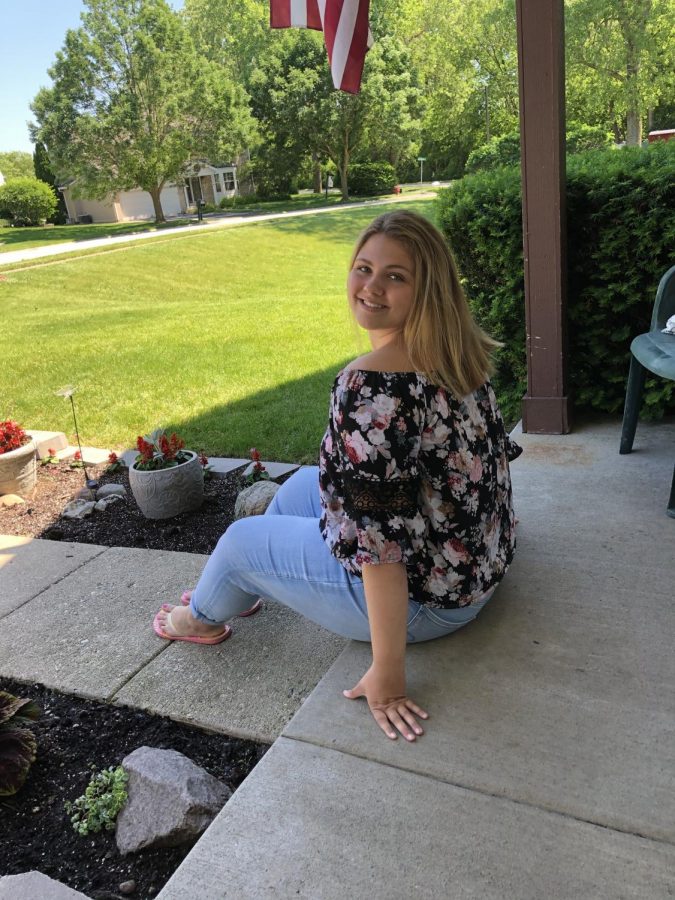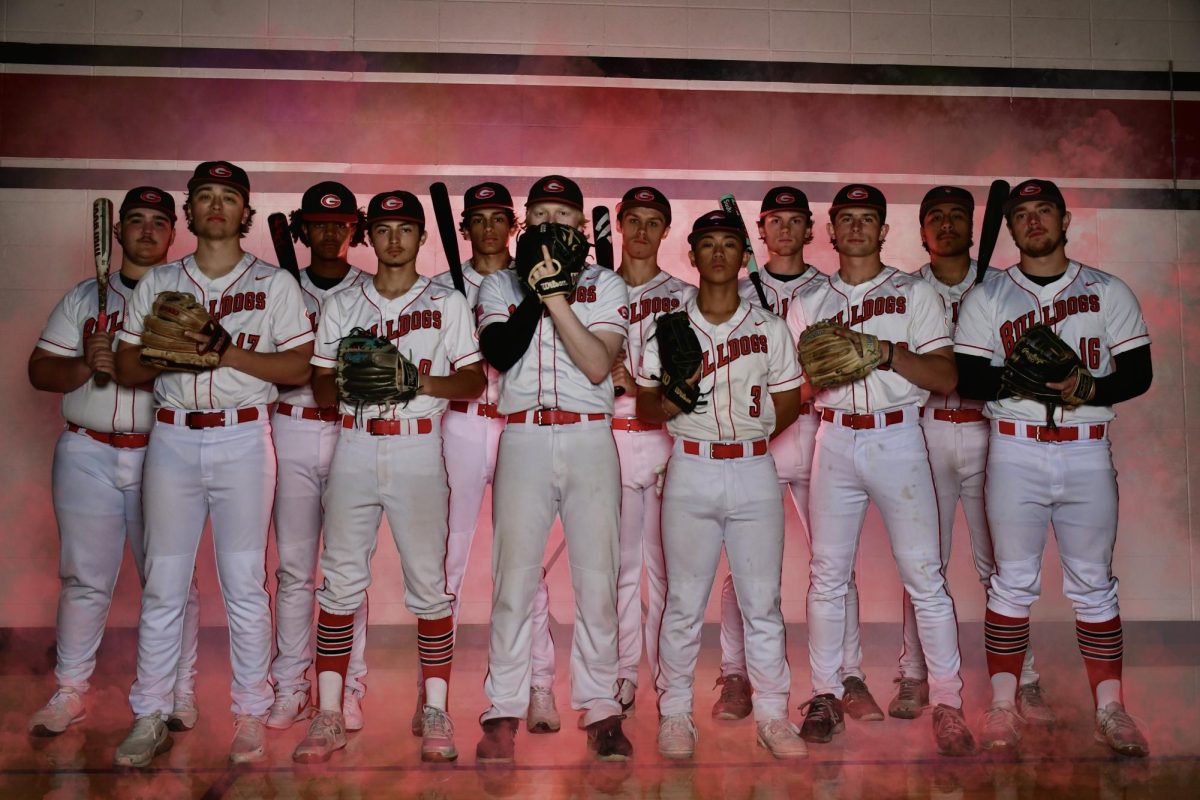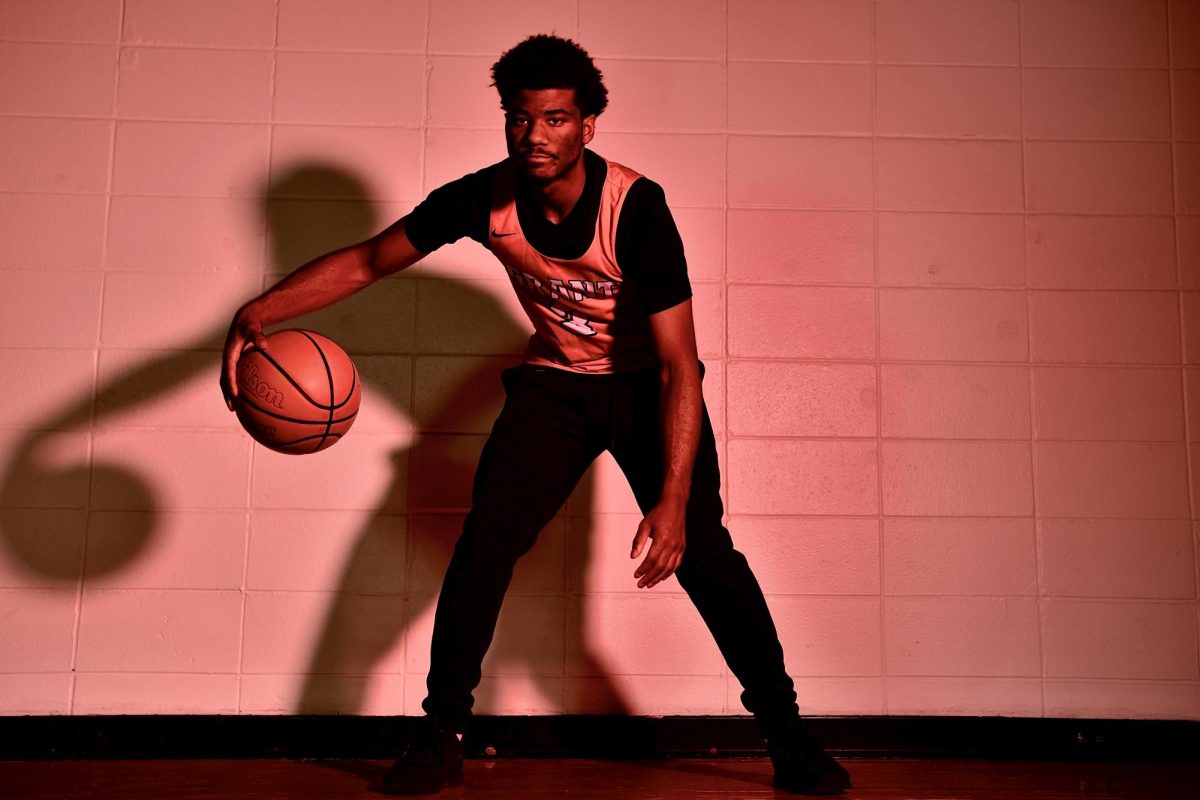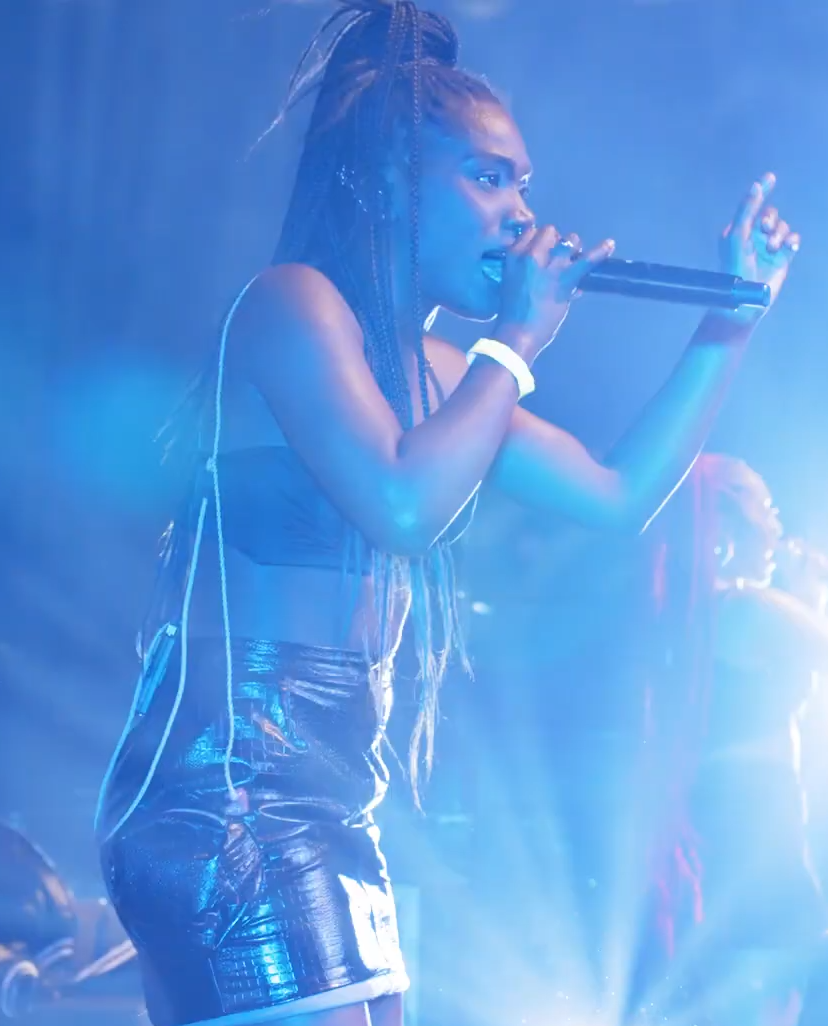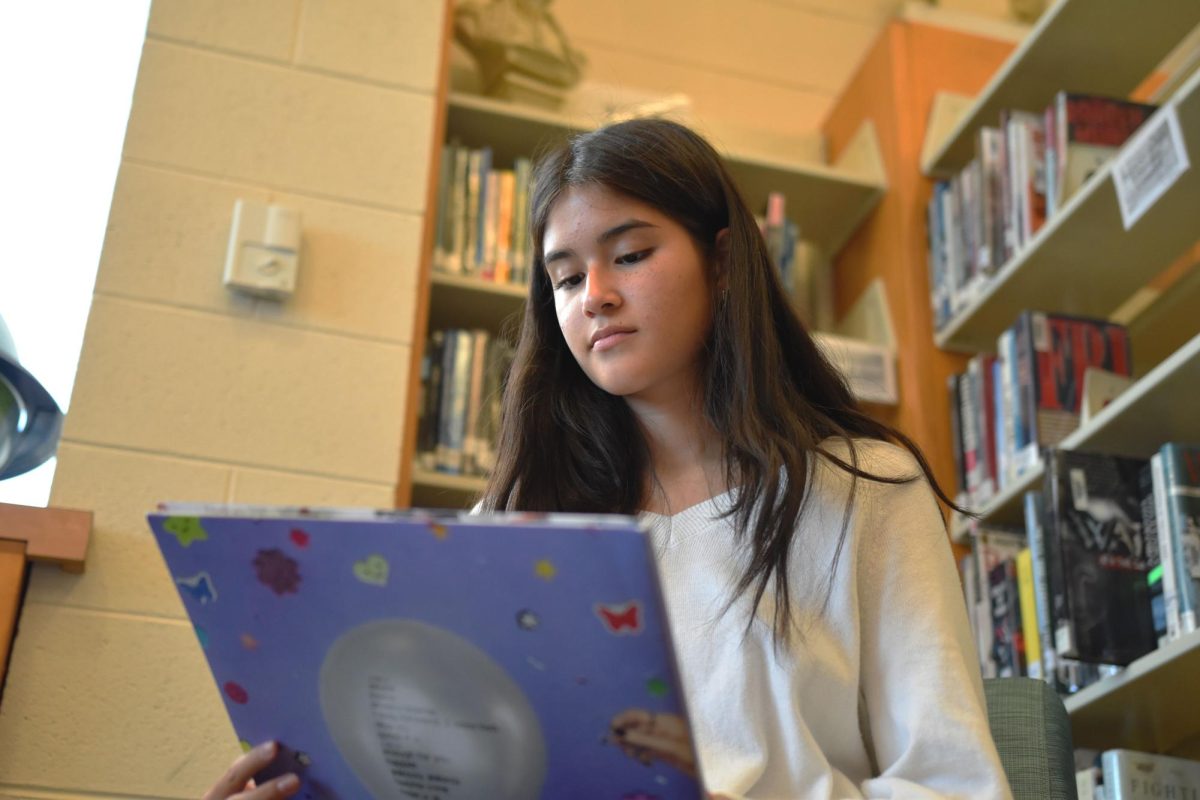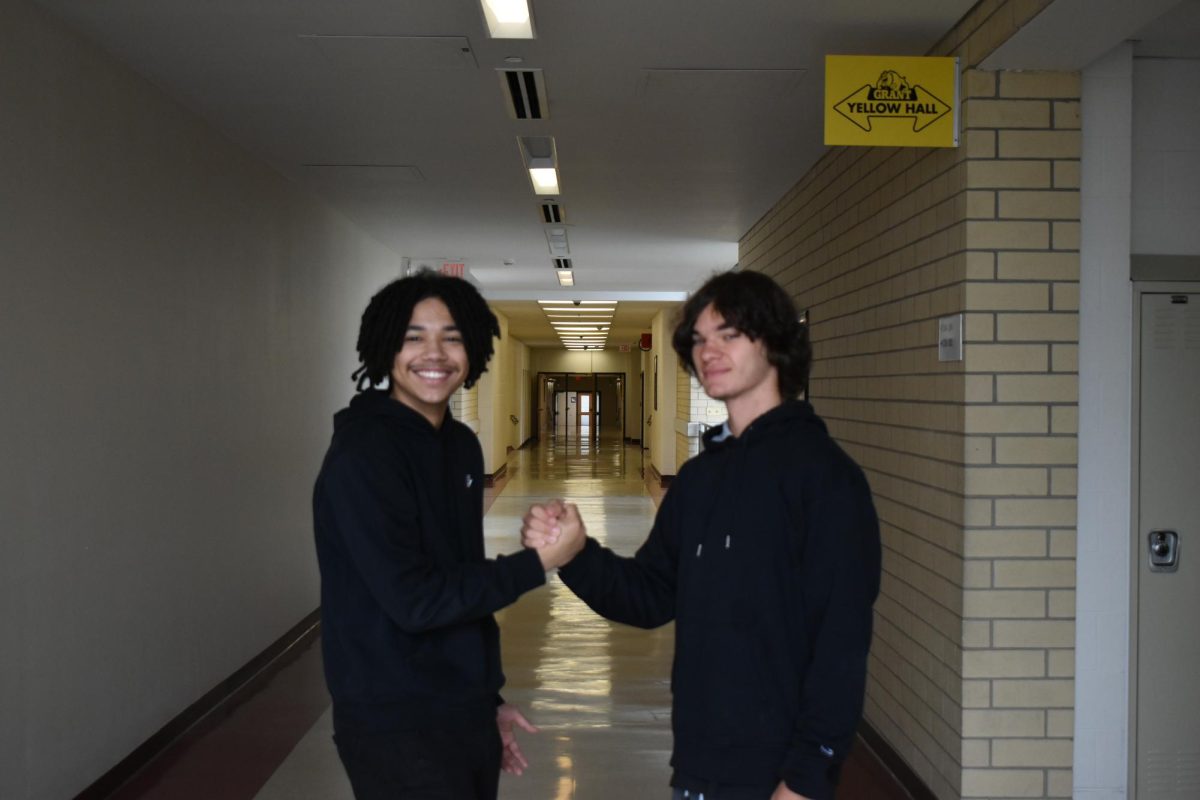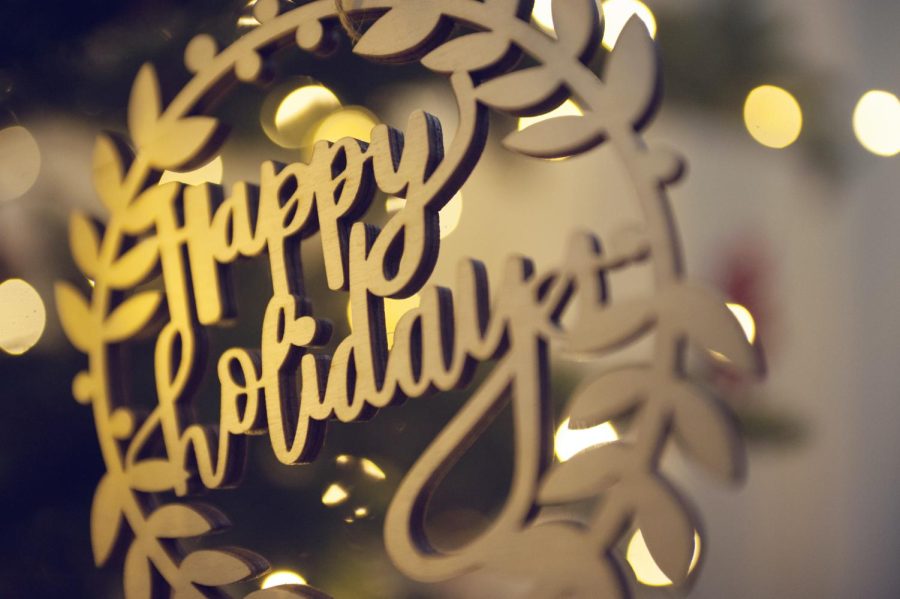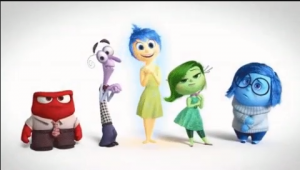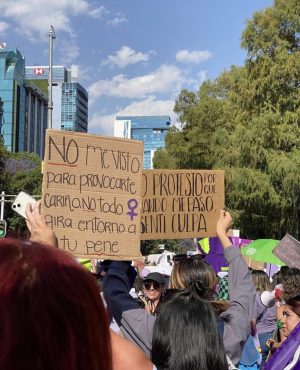Winter Traditions for Different Cultures
Lots of winter traditions are specific to the people celebrating, but some cultural traditions are very specific and are what make the winter season unique.
January 15, 2023
Most students are guilty of counting down the days until winter break, in anticipation of the holiday season. Christmas, Hanukkah, and New Year’s Eve happen within the short two weeks that Grant has winter break. Unlike national holidays, traditions vary in different households. Celebrating these holidays is different for everyone and in order to spread awareness and diversity, it is important to understand what traditions other people celebrate.
First is a Christmas tradition, when people think of Christmas they might think of big trees with twinkling lights. However, for some cultures, it is more than that. One of the popular Filipino traditions is called Simbang Gabi. It’s a nine-night-long religious celebration in the days leading up to Christmas, from December 16-24. During these nine days, they participate in and watch candle dances, eat their favorite foods, and listen to music. Simbang Gabi has a large Spanish influence, and they have the largest Christmas season. After these nine days and Christmas approaches, there are even more traditions, that are even more specific to families. “[For] me and my brother… whoever wakes up first has to wake up the other person”, sophomore Allison Bolisay mentions. She celebrates Simbang Gabi as an important part of her culture, but she also has her own separate traditions with her brother that make her Christmas even more unique!
Next are some Hanukkah traditions, this year Hanukkah starts on December 18 and ends on December 26. Hanukkah is a Jewish holiday that is often associated with using a menorah. A menorah has nine holders for candles and a candle is lit for every night of Hanukkah. One of the other important traditions is making challah. Challah is braided bread, and families come together to make this a celebration of Hanukkah. “It’s definitely a big part of Jewish tradition,” explained Sophomore, Hanah Levine. Hanukkah celebrations don’t stop at just lighting the menorah and making the challah. People play games too. The most popular game to play during Hanukkah is called dreidel and is played using a “dreidel”. A dreidel is an object that is spun and the people playing, play the game according to the symbol that faces up when it falls. When people play they put candy, coins, or small objects in the middle of the table. Depending on what the dreidel lands on, the items are taken, half-taken, given everything, or leave it untouched. These celebrations are important and delightful for everyone celebrating.
Lastly, there are some New Years’ Eve traditions. New Year’s Eve takes place on December 31. Many people gather together to celebrate the end of a year and the start of a new one. When people think of New Year’s Eve people think of fireworks, noise makers, gold, and the new year ahead of them. For sophomore Emma Ortegon, New Year’s Eve has some interesting traditions. One of her favorites is “[this] cake they put little plastic babies in. If you cut into the cake and receive the plastic baby you have to host the next New Year’s party… or do all the cleaning for the party afterward.” commented Ortegon. The way she celebrates using this tradition seems like bad luck, however, in Marti Gra culture it is actually good luck! Finding the plastic baby symbolizes prosperity and they only need to supply the cake for the following year.
In conclusion, traditions are important to cultures and families. Celebrations like Christmas, Hanukkah, and New Year’s Eve, just wouldn’t be the same without some of these iconic traditions.

